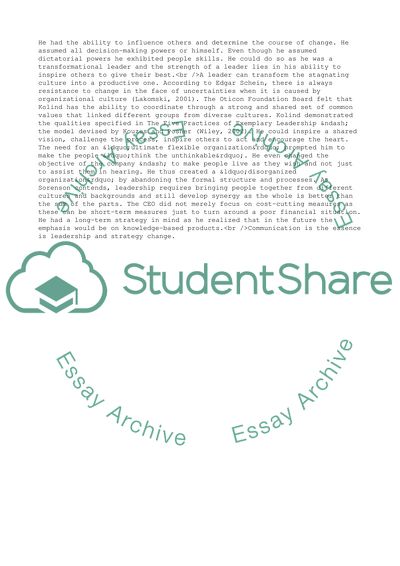Cite this document
(The Business Environment at Oticon Assignment Example | Topics and Well Written Essays - 1500 words - 1, n.d.)
The Business Environment at Oticon Assignment Example | Topics and Well Written Essays - 1500 words - 1. https://studentshare.org/business/1731489-corporate-strategy
The Business Environment at Oticon Assignment Example | Topics and Well Written Essays - 1500 words - 1. https://studentshare.org/business/1731489-corporate-strategy
(The Business Environment at Oticon Assignment Example | Topics and Well Written Essays - 1500 Words - 1)
The Business Environment at Oticon Assignment Example | Topics and Well Written Essays - 1500 Words - 1. https://studentshare.org/business/1731489-corporate-strategy.
The Business Environment at Oticon Assignment Example | Topics and Well Written Essays - 1500 Words - 1. https://studentshare.org/business/1731489-corporate-strategy.
“The Business Environment at Oticon Assignment Example | Topics and Well Written Essays - 1500 Words - 1”. https://studentshare.org/business/1731489-corporate-strategy.


